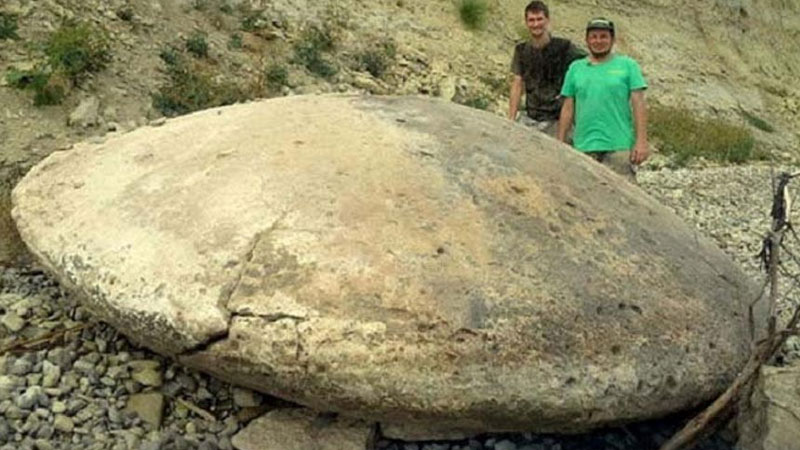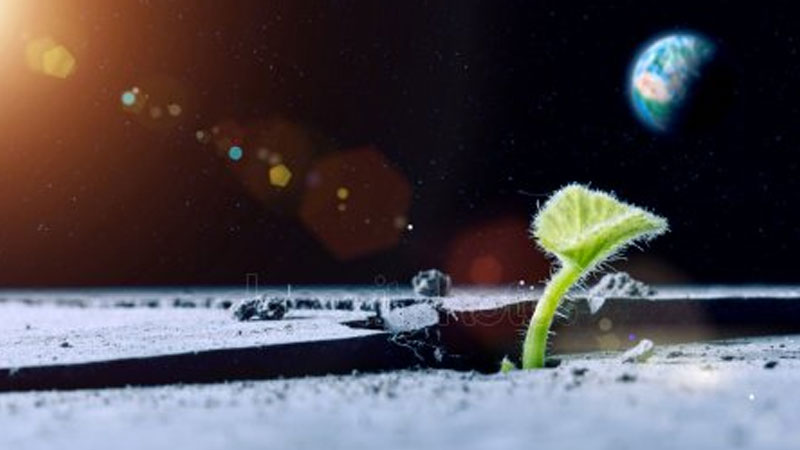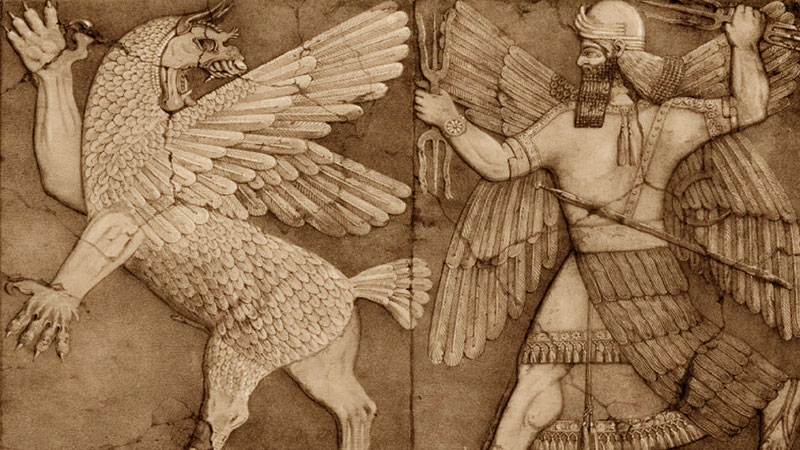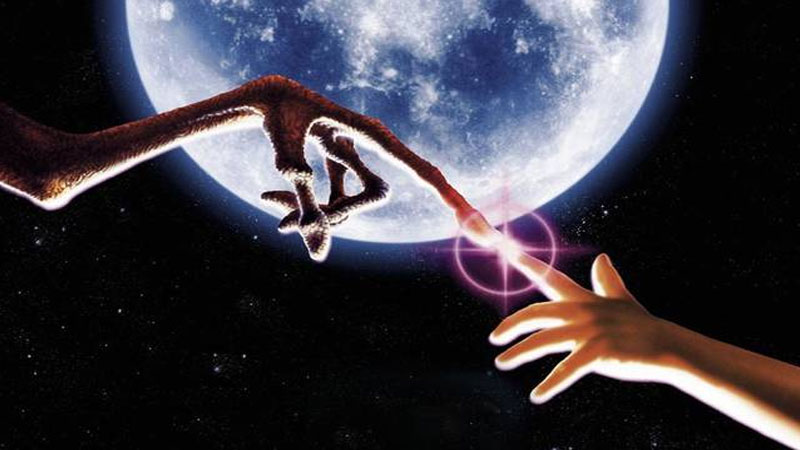
Some believe it to be a flying saucer built over 1 million years ago, while others say it is just erosion shaped rocks, but the fact is that the Volgograd region of western Russia is known for its high frequency of UFO and Paranormal phenomena.
The intriguing factor is that more than a dozen rocks have been found, shaped eccentrically enough to assume that they were not simply shaped by nature.
The rocks are, on average, four meters (12 ft.) in diameter and bear a disconcerting resemblance to what our imagination understands as a flying saucer, coming from the other worlds.
The group responsible for the discovery is known as Kosmopoisk, a group of people interested in precisely this type of phenomenon that began its activities in 1980.
According to Kosmopoisk, the rocks contain tungsten, a substance known for its military applications, being the metal with the highest melting point, capable of withstanding high temperatures.
For the members of the group there are two hypotheses to explain the mysterious disks:
The first is that it’s a flying saucer a million years old or more that crashed to Earth.
The second is that it would be a type of military drone, possibly manufactured by NASA, and taken to Mars, where after being attacked by extraterrestrials, it was launched back to Earth, which could be proof that a battle between humans and extraterrestrials is taking place on the surface of Mars.
According to supporters of this hypothesis, recent photos released by NASA reveal that, on the surface of Mars, there are disks very similar to the one found in Russia.
Currently, the four-meter-diameter disc is being studied by experts at the Zhirnovsky Museum in Russia.
















